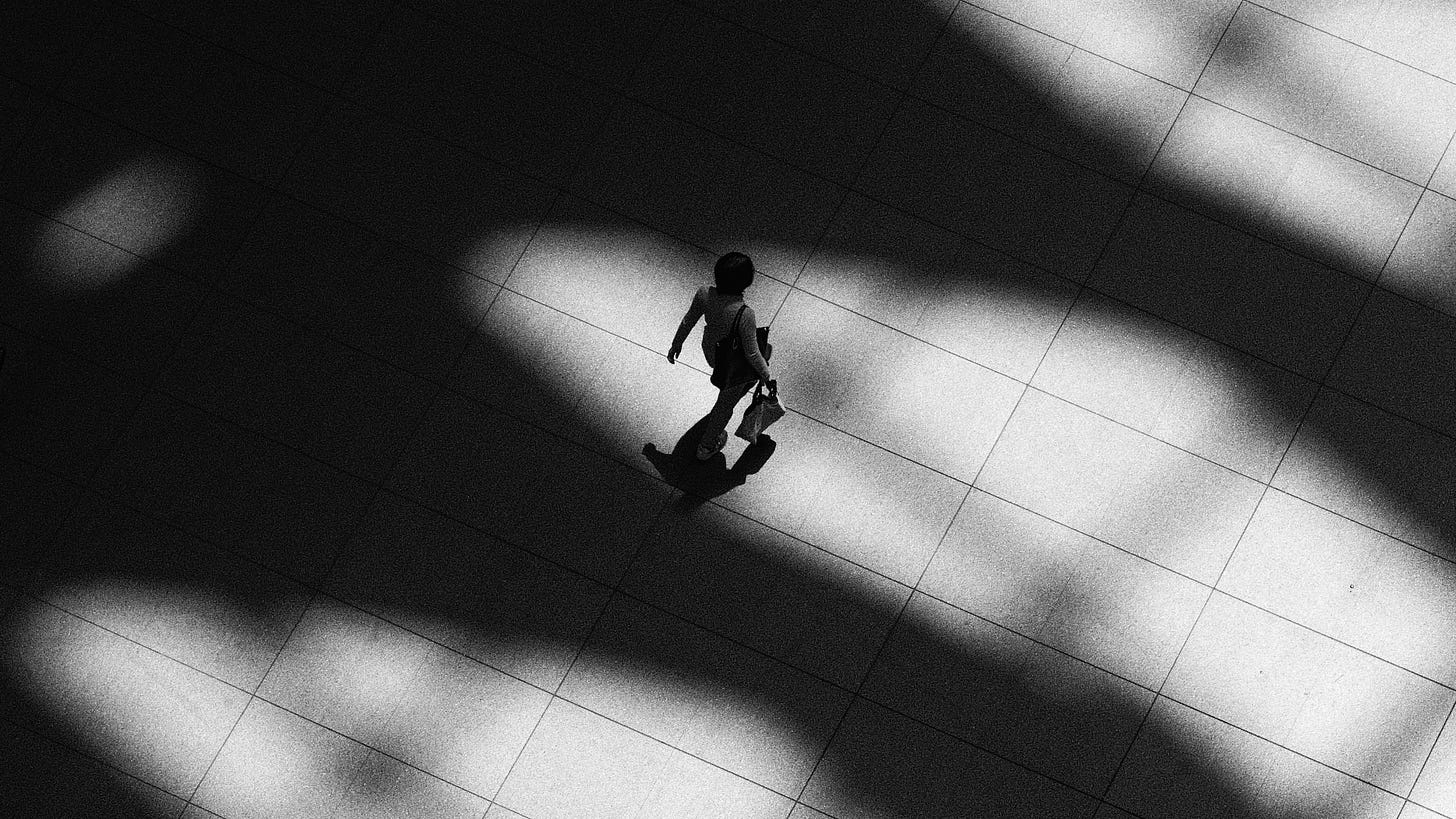Making Sense of Culture Amidst Contradiction
Q&A with Matt Klein on creativity, studying culture, trust online, and AI
Edited for ZINE & Originally published via Design Decode Magazine
Creative economies are booming, yet you argue creativity is at risk. Can you explain our current predicament?
MK: The way I see it, we’re facing creative inequality.
Or, in other words, reboot culture keeps winning despite the creator economy and Long Tail of creative work. There’s a tension.
We face stagnation amidst creative surplus.
The result is a lack of creative diversity.
When we only see stories that are a part of IP universes, we’re conditioned that those are the only stories which can exist or those are only the creators who can succeed. Makers become disincentivized to participate, despite plenty of room for both comforting franchises and envelope pushing, challenging works.
Some have questioned, “Do we need more creators?” It’s a valid question. But, to me, that sounds like, “Too many people are trying to express themselves and want to see their ideas represented in the media.” No. Not everyone needs to be a full-time YouTuber, but we shouldn’t dissuade anyone from taking advantage of the absurd democratization of creative tools and global audiences.
The more worthy question for me is, how do we do overcome this “creative inequity,” getting more bottoms-up work to overthrow or at least co-exist with reboot-mania?
Firstly, creative institutions have to move beyond data to support their creative decision-making. We need to incentivize risk.
Market data is an excuse not to lose a job.
As marketer Rory Sutherland puts it, “We can post-rationalize so many more good ideas than we can pre-rationalize.”
Second, consumers (i.e. everyone) can signal appetite for work which zags. That’s how the interesting stuff gets funded. We can have Fast and the Furious 30, but we can also seek to explore new music that isn’t served to us in a For You playlist.
And third, it’s on the maker as well. One may want to be creative, but they may not want to do the incredibly difficult work of the creative act: finding themselves stuck, willing to take risks, putting art out into the world radically different than what’s already there, and perhaps hardest of them all: embracing vulnerability and whatever reactions come along.
We rely upon data to validate decisions and look to AI for frictionless shortcuts, eliminating all the “hard parts.”
The irony is that the hard parts, like writer’s block and openness, is where there’s self-examination, progress and growth.
And if we’re not pursuing creativity for that, then why are we? The clicks?
When trends are overlooked, and cultural changes are not understood with nuance, what consequences do businesses face?
Keep reading with a 7-day free trial
Subscribe to ZINE to keep reading this post and get 7 days of free access to the full post archives.




